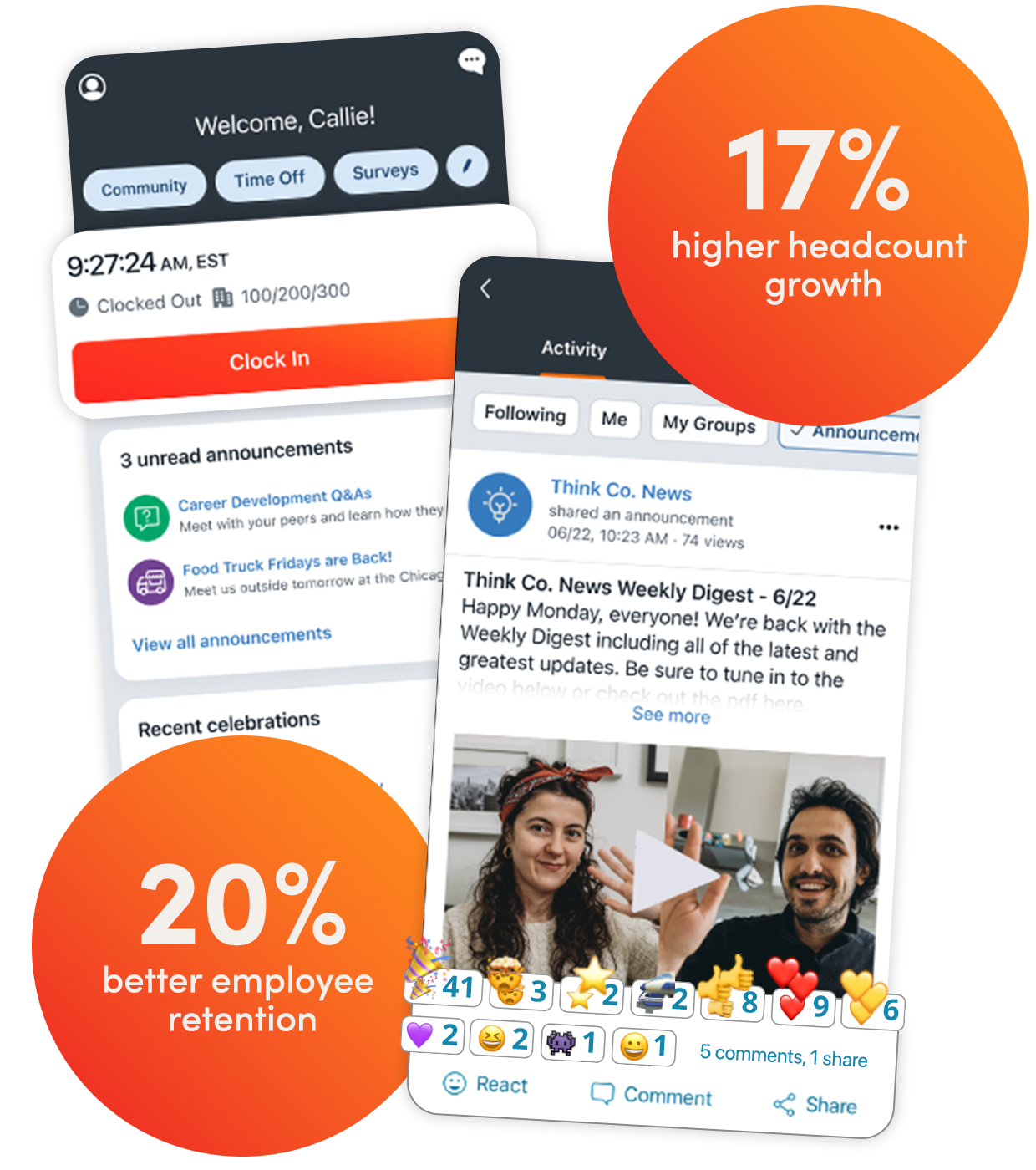
Global Year-End Payroll and HR Checklist for 2025
The close of the calendar year brings both celebration and complexity for HR and payroll teams. While employees may be planning time off or looking forward to year-end bonuses, your team is focused on compliance, reporting, and ensuring a seamless transition into the new year.
For U.S. employers with an international workforce, this process is even more nuanced. Varying regulations, tax deadlines, and reporting requirements across countries mean that preparation is critical. The checklist below highlights key steps to help you streamline year-end tasks, reduce compliance risk, and set your organization, and your employees, up for success in 2025.
1. Note important dates and deadlines
While many employees mark the end of the year by using up remaining time off, it’s the busiest time of year for HR.
Your deadlines will vary by country. Review your payroll calendar, and take note of your last payroll submit date for 2025. Remember to pay 2025 bonuses, commission, annual leave payments before the deadline.
2. Validate employee personal and contact information
Whether an employee has moved, gotten married or divorced, or had a baby, their circumstances may differ from a year ago.
To support accurate delivery of employee tax statements, employers should ensure that employee contact information, such as mailing address and email,- is current and correct. We recommend you check with employees to verify and update their personal details.
Top things to review:
- Verify employee names and National ID numbers are in the correct format.
- Ensure any deceased employees’ status is Deceased.
- Reconcile leave balances and report any time off taken, if applicable.
- If you have an International Service Team or In Country Provider, notify them of any changes to benefits, allowances, or insurance premium for the upcoming year.
- Verify withholdings are made properly.
3. Communicate tax statement expectations
Communicate clearly with your global workforce about when and how they will receive tax statements. Provide country-specific guidance where deadlines, forms, or formats differ so international employees know what to expect.
If you’re a Paylocity user, send an announcement via Community and ensure your employees — even those without a company computer or email — receive necessary information and a consistent experience.
4. Review taxable benefits
Have things changed over the past year?
Review benefits offered and determine if you need to update your payroll with new amounts.
5. Review compliance requirements
Do you have employees who claim additional credits or exemptions on tax withholding? Compliance requirements and eligibility vary by country.
If you are a Paylocity user, send questions to your International Service Team.
6. Prepare final payroll
Begin preparations for your final payroll in 2025. Confirm payroll submission dates for each country to ensure you have bonuses, commissions, leave payouts, or other end-of-year payments owed prior to the submit date.
7. Validate and download 2025 Reports
Following your final payroll in 2025, review and download the reports to your company files. We recommend extracting all reports, pay statements, and tax statements regularly.
8. Distribute tax forms if not paperless
If you’re still using paper forms, ensure employees receive key tax documents by the following dates.
|
Country |
Tax Statement Type | Deadline to Provide to Employees |
|
Australia |
PAYG Payment Summary / Income Statement |
July 14
|
| Canada | T4 (and RL‑1 in Québec) |
February 28 of the following year
|
| China |
Individual Tax Withholding Statement
|
by March 31
|
| France |
Attestation fiscale / Certificat de salaires
|
January–February (varies) |
| Germany | Lohnsteuerbescheinigung (Wage Tax Statement) | by February 28 of the following year) |
| India | Form 16 (Part A & B) | by June 15 following fiscal year end |
| Mexico | Constancia de percepciones y retenciones | by March 31 (Q1 following year) |
| Netherlands | Jaaropgave (Annual Wage Statement) | by end of February / March 1 |
| Spain | Certificado de Retenciones | by January 31 following the tax year |
9. Update employee handbook and policies
Have any paid time off policies changed due to updated or new legislation? What about compensation and benefits?
Review your employee handbook annually and update any guidance for the coming year. Post and share the updated version with employees using a social collaboration tool like Community, or make it a course in your learning management system (LMS) to track readership.
10. Evaluate and ask for feedback
After year-end activities conclude, send a survey to gather feedback on what worked and what didn’t.
For example, did your employees have the information they needed to enroll in benefits in time? Chat with stakeholders, senior leaders, and employees to gain 360 feedback, and adjust your plans accordingly for the following year.
Ring in the New Year with Paylocity
As a leading cloud-based HR and payroll provider, Paylocity helps U.S. employers stay ahead of the year-end rush while also supporting the needs of a global workforce.
From benefits and payroll compliance to talent and workforce management, our platform empowers HR teams to build a modern, engaged workplace that works across borders. With our all-in-one HCM, Finance, and IT solution and client-first service approach, we’re more than just a software provider. We’re your partner in success every step of the way, all year long.
Want to learn more? Request a demo today!


